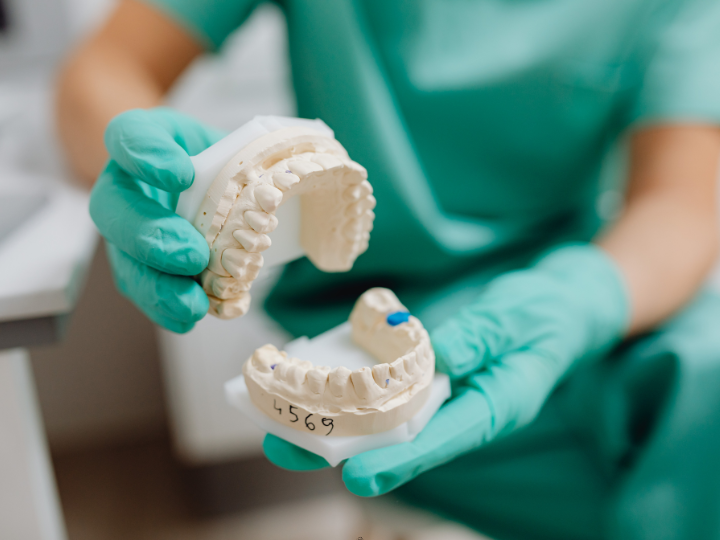Maintaining proper oral hygiene goes beyond brushing alone. Flossing plays a crucial role in removing plaque and food debris between teeth where toothbrushes can’t reach. With evolving technology, many Australians are now turning to water flossers as an alternative to traditional dental floss. But which option is better suited for your oral health?
In this article, we compare traditional flossing and water flossing to help you make an informed decision based on your lifestyle and dental needs.
Traditional Flossing: The Classic Method
How It Works
Traditional flossing involves using a thin string (usually nylon or Teflon) to manually clean between the teeth and under the gumline. It requires good technique—curving the floss into a “C” shape and gently sliding it up and down along the sides of each tooth.
Pros
- Cost-effective: Floss is inexpensive and widely available.
- Portable: Small and easy to carry, perfect for travel or on-the-go use.
- Effective plaque removal: When done correctly, it effectively removes plaque and reduces the risk of gum disease and tooth decay.
Cons
- Technique-sensitive: Improper flossing can cause gum irritation or injury.
- Difficult for some users: People with braces, arthritis, or limited dexterity may find it challenging.
- Time-consuming: It can be tedious, especially if you’re in a rush.
Water Flossing: A Modern Alternative
How It Works
Water flossers (also known as oral irrigators) use a stream of pulsating water to remove plaque and debris between teeth and below the gumline. Devices like the Waterpik are increasingly popular among Australians looking for a more convenient option.
Pros
- Gentle on gums: Ideal for people with sensitive gums or gum disease.
- Great for braces and dental work: Easily cleans around wires, bridges, and implants.
- User-friendly: Less technique-sensitive than traditional flossing.
- Improves gum health: Studies suggest water flossing can reduce bleeding and gingivitis more effectively in some cases.
Cons
- More expensive: The Initial investment is higher compared to traditional floss.
- Requires power and space: Needs electricity or batteries, and is not as portable.
- May not remove all plaque: Some experts suggest it may not be as effective in scraping plaque as string floss.
Which One Is Better for You?
The correct option largely depends on your personal needs and oral health condition.
Choose traditional floss if you:
- Have healthy gums and no dexterity issues
- Want a cost-effective, low-maintenance solution.
- Prefer a simple and portable tool.
Choose water flossing if you:
- Have braces, bridges, implants, or gum disease
- Struggle with manual flossing due to arthritis or coordination issues
- Are you looking for a more comfortable, gentle cleaning method
For optimal oral health, some dental professionals even recommend combining both methods—traditional flossing for thorough plaque removal and water flossing for improved gum health and cleanliness.
Final Thought
Both flossing methods have their benefits and limitations. The key is consistency—whether you choose string floss or a water flosser, making it part of your daily oral care routine is essential. If you’re unsure which method suits you best, consult a professional at rouse hill dental for tailored advice and recommendations.








